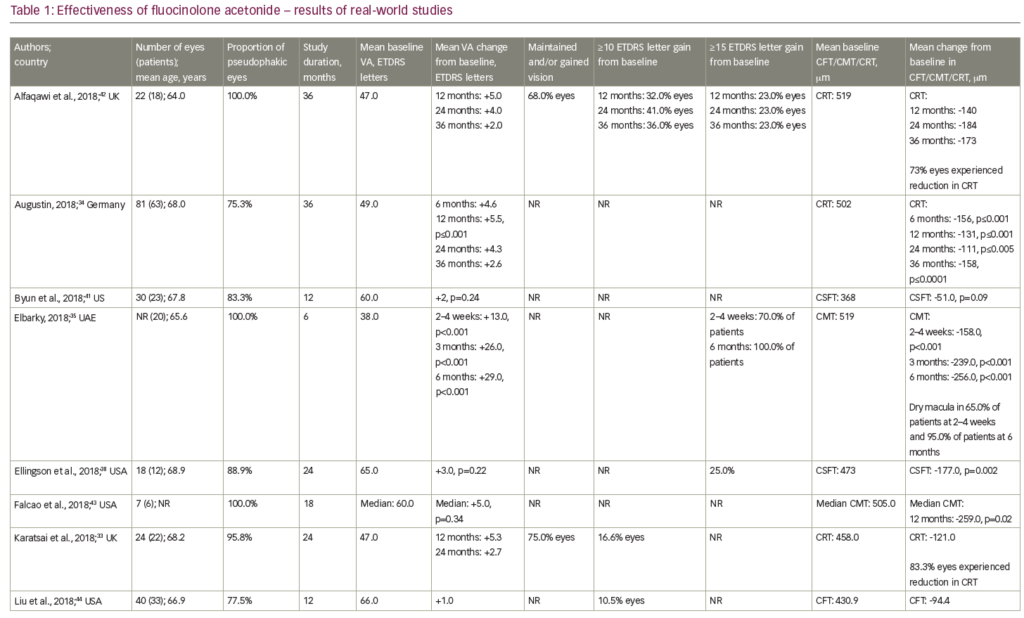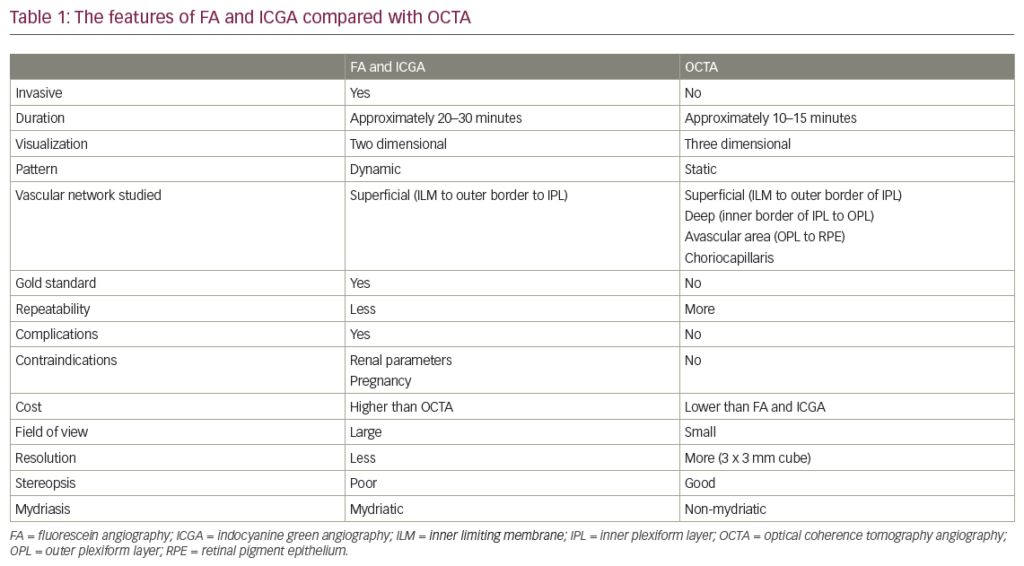Welcome to the fall edition of US Ophthalmic Review, which features a wide range of articles that reflect the remarkable advances in ophthalmology in recent years.
Our expert interviews continue to be a popular feature of the journal, providing concise opinions from ophthalmic specialists. Cynthia Matossian discusses testing for biomarkers for Sjögren’s disease in patients with dry eye disease, as well as her latest study on cataract surgery. In addition, Pravin Dugel shares the latest clinical data on the efficacy and safety of brolucizumab in the treatment of neovascular age-related macular degeneration. Also on the subject of pediatric ophthalmology is a review by Golan and Lelli of nasolacrimal duct obstruction and its medical management.
Practice pearls enable ophthalmologists to benefit from the personal experience of experts in their field, along with tips drawn from the literature. Prakhunhungsit and Berrocal share their expertise in identifying pediatric patients with retinoblastoma, particularly in atypical presentations. Complementing this article is a discussion by Shah and Berry of the optimal approaches for treating retinoblastoma in children.
Non-infectious uveitis (NIU) of the posterior segment is a serious, sight-threatening intraocular inflammatory condition that is generally treated with systemic corticosteroids, but long-term use is associated with adverse effects. Banker, Pavesio, and Merri review the expanding range of therapeutic options for NIU, which are enabling a more individualized approach to treatment.
The past decade has seen a revolution in ophthalmic imaging, expanding the role of ophthalmic imaging from documenting abnormalities visible on clinical examination to the detection of clinically silent abnormalities, which can lead to an earlier and more precise diagnosis. Nagpal and Juneja review the principles and applications of optical coherence tomography angiography (OCTA) a new, non-invasive imaging modality that offers the promise of visualizing the retinal vasculature in detail.
Vitreoretinal surgery has evolved considerably from the first report of pars plana vitrectomy in 1972. González-Saldivar and Chow provide a comprehensive update on the latest instrumentation for micro-incision vitrectomy surgery, as well as novel visualization techniques.
US Ophthalmic Review would like to thank all expert authors who contributed towards this edition. We would also like to thank our Editorial Board for their ongoing support and guidance. Thanks also go to all organisations and media partners for their continued support. The expert discussions and the wide variety of topics covered ensure there is much of interest for every reader and we hope you find this edition as useful and insightful as those before it.











